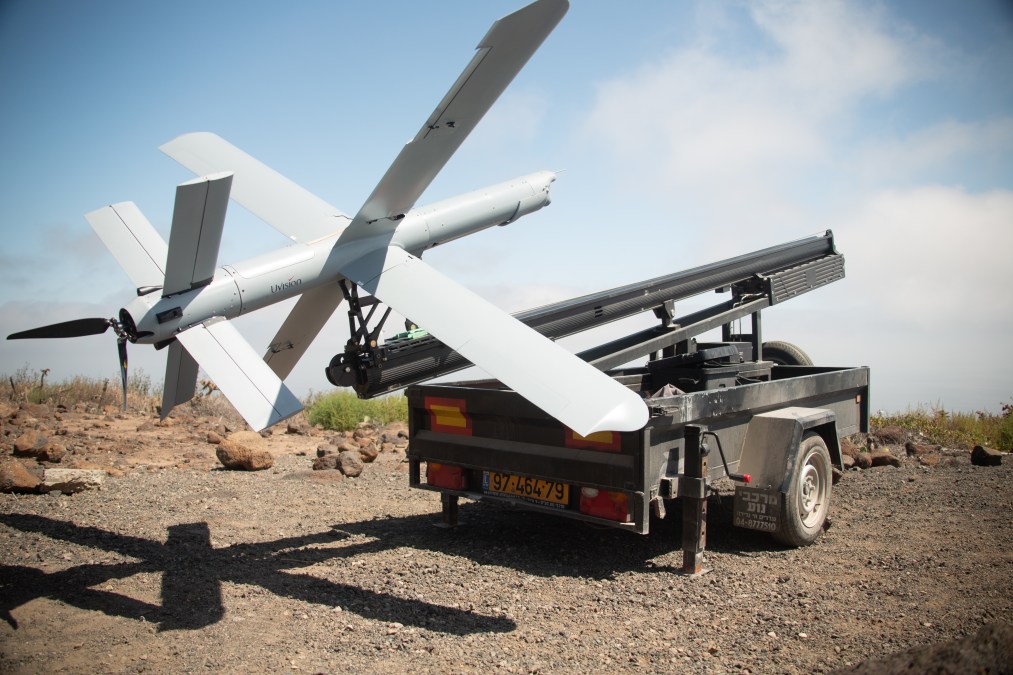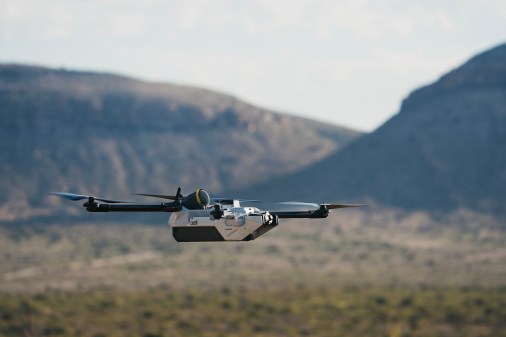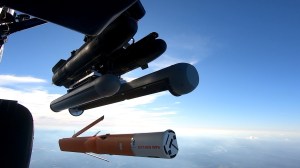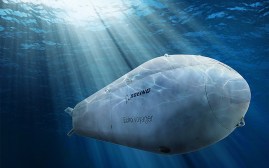Marines to develop air-launched loitering munitions with swarm capability for Indo-Pacific operations

The Marine Corps has begun experimenting with a family of loitering, swarming munitions for attack helicopters that will give the service extra reach for future operations in the Indo-Pacific, according to the Corps’ latest update to its ongoing modernization efforts.
The project — called the Long-Range Attack Munition — was revealed Monday in the annual update to Force Design 2030, which is an initiative spearheaded by Commandant Gen. David Berger to pivot the Marines away from their post-9/11 emphasis on counterinsurgency land wars in the Middle East and instead focus on potential conflicts in the Indo-Pacific against advanced adversaries such as China.
“With the support of the Office of the Under Secretary of Defense for Research and Engineering, we will begin the Long-Range Attack Munition project to rapidly develop and field a low-cost, air launched family of loitering, swarming munitions,” the annual update stated.
Also sometimes referred to as kamikaze drones, loitering munitions are designed to fly around for extended periods of time until they identify a target and attack it by crashing into it. While the weapons are often intended for one-time use and suicide missions, they can also be equipped with sensors in order to conduct intelligence, surveillance and reconnaissance operations.
As it develops the new swarming and loitering munitions, the Marine Corps is approaching the effort from “an evolutionary and a revolutionary” perspective, Brig. Gen. Stephen Lightfoot, director of the the service’s capabilities development directorate, said during a call with reporters Friday to discuss the Force Design 2030 update ahead of its release.
The service plans to design the Long-Range Attack Munition so that it can be launched from attack helicopters, such as the AH-1 Cobra, he noted.
The next-generation kamikaze drones will have a longer reach and be far better suited for Indo-Pacific operations than some of the munitions that are currently in the inventory, Lightfoot said. He noted that the Hellfire missiles currently fired from AH-1 attack helicopters only have ranges of up to 8 kilometers in many cases, which is not ideal for littoral environments.
“This Long-Range Attack Munition which we’re experimenting with now — and we would like to bring into the force within the next few years — that is a capability that brings hundreds of kilometers,” Lightfoot said. “And that allows us to be able to use a current platform to be able to do things that we never thought that it would be able to do.”
The Marine Corps is also interested in developing a ground-launched variant of the loitering munition so Marines can use them even when helicopters aren’t flying, he added. The service plans to develop a common launcher for the entire family of ground-based loitering munitions, according to the Force Design 2030 annual update.
“Aviation platforms as a whole are fantastic when they are airborne, but they’re not always airborne and they can’t always be airborne,” Lightfoot said. “And so we need to bring that Long-Range Attack Munition also to the ground side, so that it can be fired from the ground [and] so it’s ready 24/7.”
No later than Sept. 1, officials will “identify options to accelerate the procurement and training of organic precision fires – infantry (OPF-I) and organic precision fires – mounted (OPF-M) (loitering munitions),” per the Force Design 2030 update. “We are moving too slow in OPF.”






